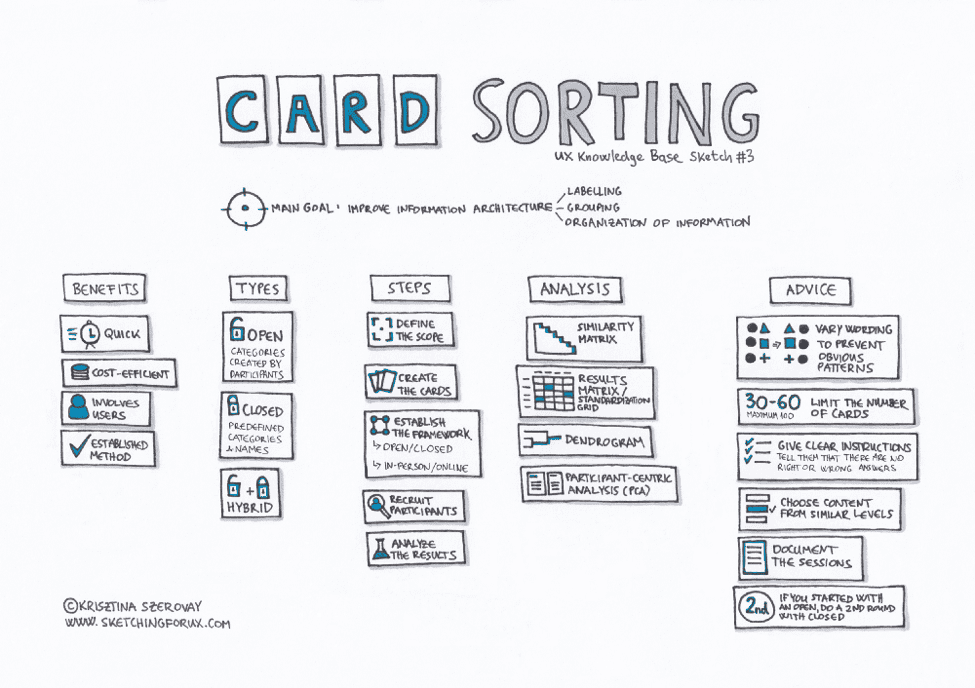Any successful business will focus much of its efforts on reaching new clients. Because interactions with new customers will happen primarily online, a company's web design is one of the most valuable resources that a business can leverage to experience growth. In a world where conversion can happen as quickly as a click, businesses must invest in a site design that accurately and efficiently guides users towards their service or product.
A key predictor of your website’s ability to gain users and convert leads is whether or not it is intuitive. According to the Interaction Design Foundation, “There is no widely agreed upon definition of the term intuitive design. Rather, intuitive design is used informally to describe designs that are easy to use.”
In other words, for your website to be intuitive, it should be easy for users to accomplish whatever goals they have when visiting your site. In this article, we offer three key strategies to design a site that will be engaging and relevant.
Web Design - Understand Your Audience/Users
Your audience — the set of people that visit your website — should determine how you approach designing your site. Unfortunately, having a precise conceptualization of your userbase can be difficult to achieve.
Usability tests and field studies are an excellent place to start in terms of acquiring the perspective of your users. UX research will help you understand the pain points that visitors are experiencing, and the gaps that exist between what your users know and what they are trying to learn.
By letting this information guide your design process, you will be able to create a site that is tailored to the expected behavior of your users.
Create Excellent Navigation Features
A vast majority of users who come to your site will be looking for a specific piece of information. To help them find what they are looking for, your site should have the best navigation and search features available.
Navigation comes primarily through page organization. Menus are extremely important, because users will expect them to follow a logical flow that leads them to their destination. Other UX research practices, like card sorting, can help you gain a robust understand of the natural path that users will follow when navigating your site.

Follow Well-Known Conventions
It is important for you to recognize that your site is only one of the multitude of sites that each user will likely visit in a given month.
Your site is only one of many pages that users will visit in a given month. Users have a set of expectations based on the other sites that they visit, including both navigation features and information placement.
By understanding and following these widely-used conventions, you will deliver a better experience for the majority of your users. When looking to redesign your site, make sure to predict the impact that certain changes will have. Users may be wary of changes that require drastic adjustments to their behavior.
Keep Your Audience Engaged
Redesigning a site, when done correctly, can be a long and taxing process for an in-house team. To avoid this, many businesses look to various resources to find reliable and effective service partners, avoiding a lengthy buyer’s journey.
At SOHO Creative Group, we’re proud to be on the list of top web designers in Berlin on Clutch, a B2B ratings and reviews platform for website redesigning services. Customers can also find us on The Manifest, a blog-style listing site. If you are a business service provider, this site will help you demonstrate your value to potential customers.
Our team is excited to partner with new firms looking for web design services. If you are interested in learning more about us, please reach out!
